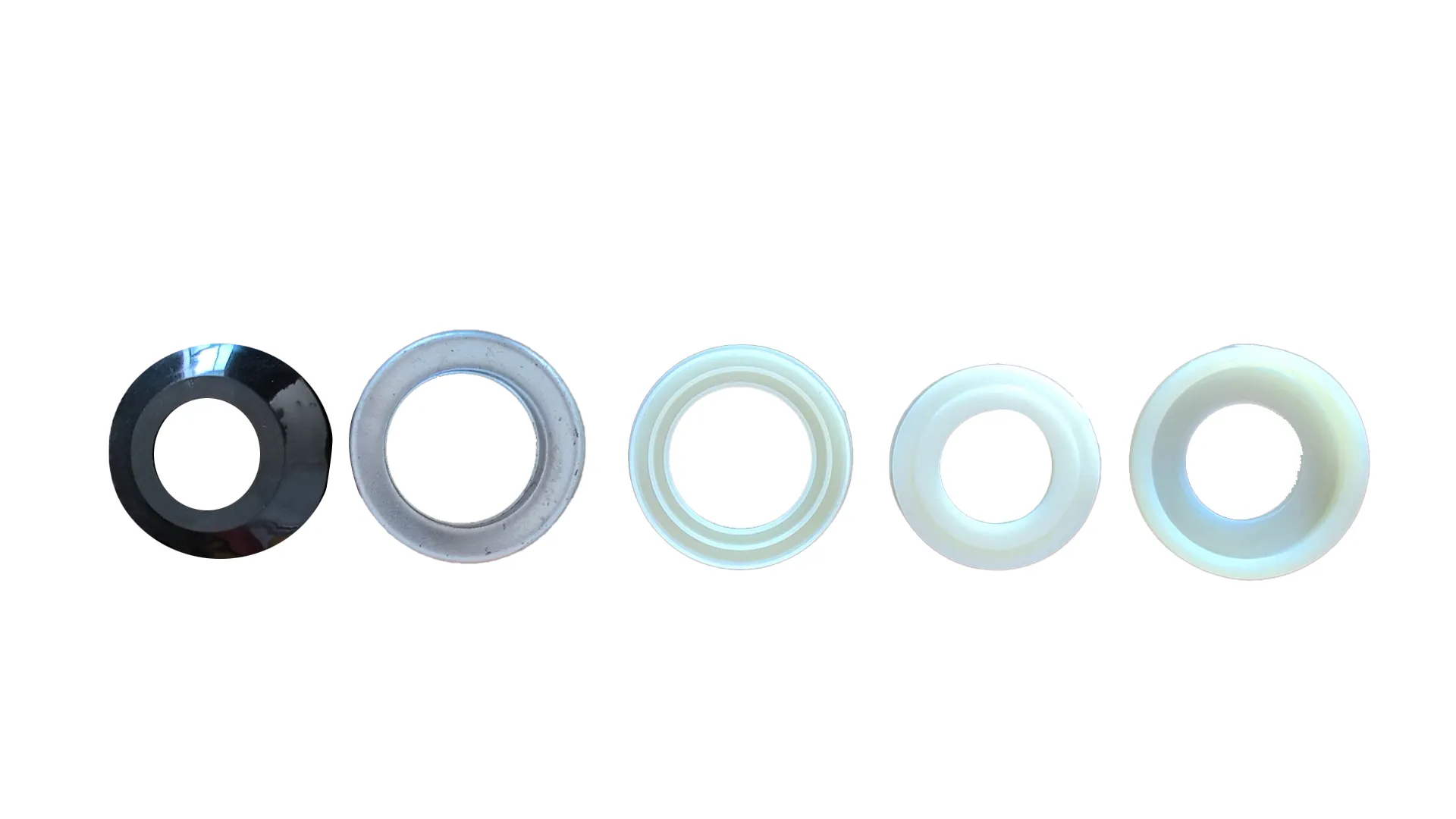 Afrikaans
Afrikaans  Albanian
Albanian  Amharic
Amharic  Arabic
Arabic  Armenian
Armenian  Azerbaijani
Azerbaijani  Basque
Basque  Belarusian
Belarusian  Bengali
Bengali  Bosnian
Bosnian  Bulgarian
Bulgarian  Catalan
Catalan  Cebuano
Cebuano  Corsican
Corsican  Croatian
Croatian  Czech
Czech  Danish
Danish  Dutch
Dutch  English
English  Esperanto
Esperanto  Estonian
Estonian  Finnish
Finnish  French
French  Frisian
Frisian  Galician
Galician  Georgian
Georgian  German
German  Greek
Greek  Gujarati
Gujarati  Haitian Creole
Haitian Creole  hausa
hausa  hawaiian
hawaiian  Hebrew
Hebrew  Hindi
Hindi  Miao
Miao  Hungarian
Hungarian  Icelandic
Icelandic  igbo
igbo  Indonesian
Indonesian  irish
irish  Italian
Italian  Japanese
Japanese  Javanese
Javanese  Kannada
Kannada  kazakh
kazakh  Khmer
Khmer  Rwandese
Rwandese  Korean
Korean  Kurdish
Kurdish  Kyrgyz
Kyrgyz  Lao
Lao  Latin
Latin  Latvian
Latvian  Lithuanian
Lithuanian  Luxembourgish
Luxembourgish  Macedonian
Macedonian  Malgashi
Malgashi  Malay
Malay  Malayalam
Malayalam  Maltese
Maltese  Maori
Maori  Marathi
Marathi  Mongolian
Mongolian  Myanmar
Myanmar  Nepali
Nepali  Norwegian
Norwegian  Norwegian
Norwegian  Occitan
Occitan  Pashto
Pashto  Persian
Persian  Polish
Polish  Portuguese
Portuguese  Punjabi
Punjabi  Romanian
Romanian  Russian
Russian  Samoan
Samoan  Scottish Gaelic
Scottish Gaelic  Serbian
Serbian  Sesotho
Sesotho  Shona
Shona  Sindhi
Sindhi  Sinhala
Sinhala  Slovak
Slovak  Slovenian
Slovenian  Somali
Somali  Spanish
Spanish  Sundanese
Sundanese  Swahili
Swahili  Swedish
Swedish  Tagalog
Tagalog  Tajik
Tajik  Tamil
Tamil  Tatar
Tatar  Telugu
Telugu  Thai
Thai  Turkish
Turkish  Turkmen
Turkmen  Ukrainian
Ukrainian  Urdu
Urdu  Uighur
Uighur  Uzbek
Uzbek  Vietnamese
Vietnamese  Welsh
Welsh  Bantu
Bantu  Yiddish
Yiddish  Yoruba
Yoruba  Zulu
Zulu Exploring the Impact of Drum Lagging Rubber on Performance and Durability in Machinery
Understanding Drum Lagging Rubber Enhancing Performance and Longevity in Conveyor Systems
Drum lagging rubber plays a crucial role in the functionality and efficiency of conveyor systems, particularly in industries such as mining, construction, and manufacturing. Its primary purpose is to improve the friction between the conveyor belt and the drive drum, ensuring effective power transmission and minimizing slippage. This not only enhances the overall performance of the system but also prolongs the lifespan of both the belt and the drum.
The innovation of drum lagging rubber has significantly evolved over the years. Traditionally, conveyor systems faced numerous challenges related to wear and tear, especially in adverse conditions such as extreme temperatures, heavy loads, and abrasive materials. These challenges often led to increased maintenance costs and downtime, which negatively impacted productivity. However, the introduction of specialized drum lagging materials has introduced a new paradigm in conveyor system management.
Drum lagging rubber is typically made from high-quality compounds designed to withstand harsh operating conditions. The rubber is often enhanced with additives to improve its durability, abrasion resistance, and flexibility. When installed on the surface of the drive drum, the lagging material increases the contact area with the conveyor belt, allowing for a better grip. This increased traction reduces the possibility of slippage, ensuring smooth and efficient operation.
drum lagging rubber

One of the significant advantages of using drum lagging rubber is the reduction in wear on both the conveyor belt and the drum. When slippage occurs, it can lead to excessive wear on the belt's surface, causing premature failure and requiring costly replacements. Similarly, excessive friction on the drum can lead to damage that compromises its structural integrity. By using premium drum lagging rubber, businesses can mitigate these risks, resulting in lower maintenance costs and extended equipment lifespans.
Additionally, drum lagging rubber can be custom-engineered to suit specific operational requirements. Various textures and patterns can be applied to enhance grip, depending on the material being transported and the environmental conditions. For instance, rougher textures are ideal for heavy or slippery materials, while smoother surfaces may be sufficient for lighter loads. This customization ensures that each conveyor system operates at optimal efficiency.
Moreover, the installation of drum lagging rubber can support energy efficiency. By reducing slippage and ensuring effective power transmission, the system consumes less energy, leading to lower operational costs. Sustainable practices are becoming increasingly important in modern industries, and using drum lagging rubber fits seamlessly into this trend—supporting energy savings while maintaining high performance.
In conclusion, drum lagging rubber is an essential component of effective conveyor systems. Its ability to enhance grip, reduce wear, and customize performance makes it indispensable in various industrial applications. As technology continues to advance, the development of even more effective lagging materials will likely emerge, further improving the reliability and efficiency of conveyor systems. Investing in high-quality drum lagging rubber is not merely a maintenance decision but a strategic choice that can lead to significant improvements in productivity and cost-effectiveness for businesses across multiple sectors.
-
Revolutionizing Conveyor Reliability with Advanced Rubber Lagging PulleysNewsJul.22,2025
-
Powering Precision and Durability with Expert Manufacturers of Conveyor ComponentsNewsJul.22,2025
-
Optimizing Conveyor Systems with Advanced Conveyor AccessoriesNewsJul.22,2025
-
Maximize Conveyor Efficiency with Quality Conveyor Idler PulleysNewsJul.22,2025
-
Future-Proof Your Conveyor System with High-Performance Polyurethane RollerNewsJul.22,2025
-
Driving Efficiency Forward with Quality Idlers and RollersNewsJul.22,2025





























